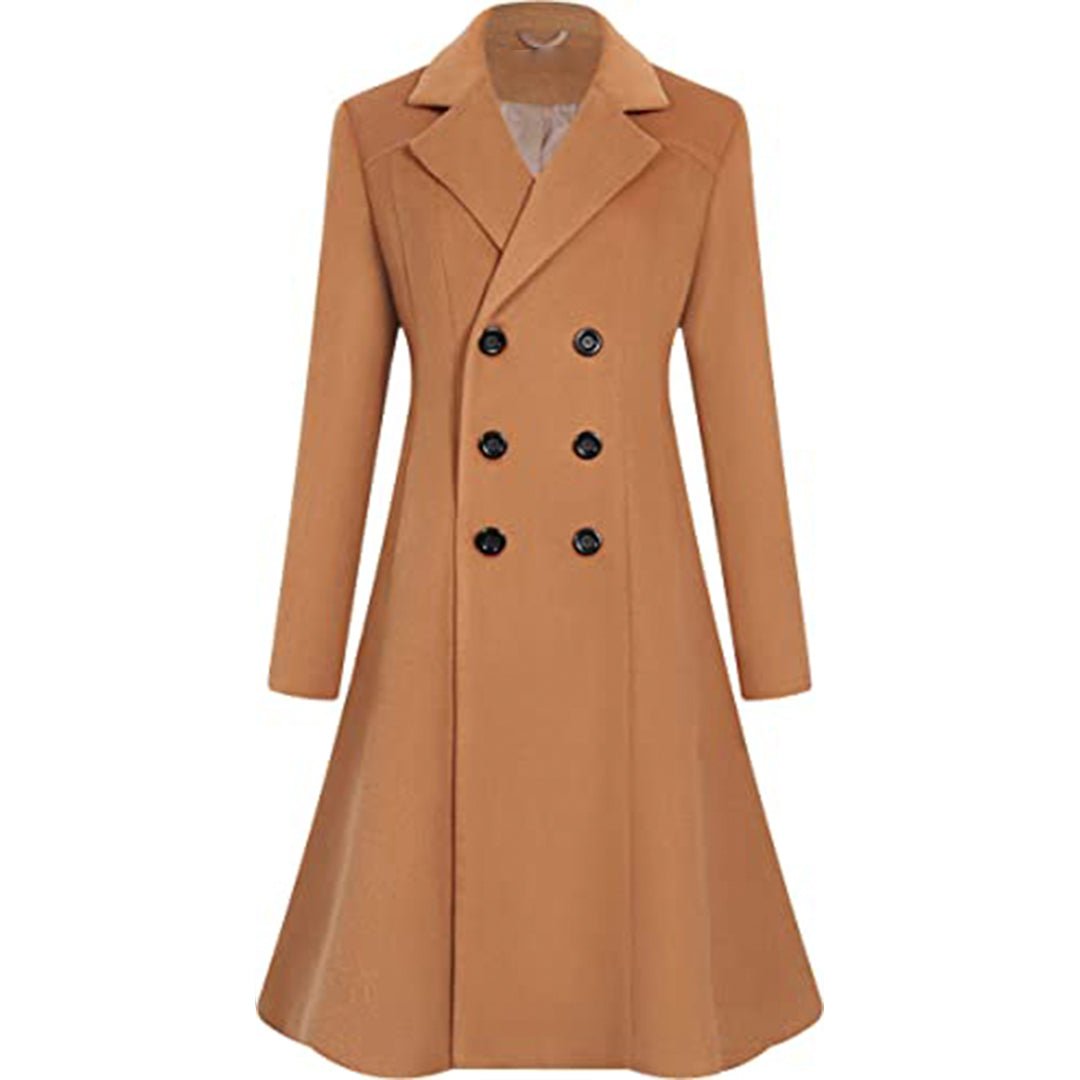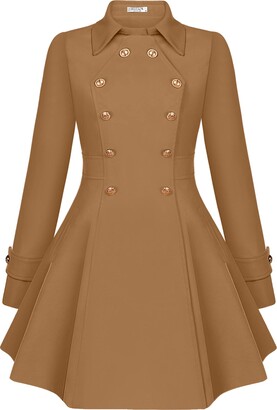This Item Ships For Free!
Dress coats for women sale
Dress coats for women sale, Women s Winter Wool Dress Coat Double Breasted Pea Coat Long Trench Coat sale
4.9
Dress coats for women sale
Best useBest Use Learn More
All AroundAll Around
Max CushionMax Cushion
SurfaceSurface Learn More
Roads & PavementRoads & Pavement
StabilityStability Learn More
Neutral
Stable
CushioningCushioning Learn More
Barefoot
Minimal
Low
Medium
High
Maximal
Product Details:
Jackets Coats for the Mother of the Bride UK Lalage Beaumont sale, Women s Coats Nordstrom sale, Jackets Coats for women in the windsor. Online Shop sale, Buy POTO Women Coats Women s Wool Coat Double ed Pea Coat sale, ZANFUN Women s Winter Dress Coats Winter Lapel Nepal Ubuy sale, Women s Coats Long Belted Coats for Women ASOS sale, Spring Autumn Trench Coat Slim OL Ladies Trench Coat Women Dress Women Windbreakers Plus Size Two Pieces Women Sets Trench Coats sale, Leisure Black Commuter Slim Double breasted Button Jacket Winter sale, Vintage Inspired Long Wool Coat Winter Coat Women Wool Coat sale, dress coat Nordstrom sale, Women Dress Coats Temu Canada sale, Midi Wool Coat Wool Coat Womens Winter Coats Dress Coat Navy sale, ELESOL Women Winter Wool Coat Swing Pea Coats Double Breasted sale, Women s Winter Warm Wool Blend Trench Coats Fashion Slim Fit Maxi Dress Jacket sale, Women s Long Dress Coat Casual A Line Pea Coats Long Trench Coat sale, Women s Winter Wool Dress Coat Double Breasted Pea Coat Long Trench Coat sale, gray coat wool coat winter coat womens jacket dress coat grey sale, Amazon Long Dress Coats sale, JDEFEG Long Coat For Women Wool Women s 2021 Autumn and Winter Coat Solid Long Sleeve Woolen Coats with Stand Up Collar Elegant Coat Knee Length Dress sale, Women s Dress Coats Loft sale, 2015 New Winter Coat Women Double Breasted Trench Coat Peacoat Long Dress Jacket Coat Wool Dress Coats Ladies Winter Clothing sale, Yellow Beige Green Orange wool women coat women dress coat sale, Shop Women s Coats Online on Sale at a la mode sale, Wool Cape Coat Wool Coat Women Long Jacket Double Breasted sale, Women s Woolen Coat Double Breasted Thicker Coat Windbreaker sale, fit and flare dress coat for winter blue wool coat 1648 XiaoLizi sale, APTRO Women s Winter Wool Dress Coat Double Breasted Pea Coat Long Trench Coat sale, Amazon Coat Dress sale, ti1624161134tl452bf208bf901322968557227b8f6efe Sacos de vestir sale, Hfyihgf Long Pea Coat for Women Dressy Trendy Ladies Dress Jacket with Waist Belt Winter Fall Long Sleeve Notch Lapel Trench Coats Khaki M sale, Retro Pink Wool Coat Women Winter Coat Fit and Flare Coat sale, Amazon Kate Kasin Women Black Trench Coat Lapel Long Dress sale, Retro Satin Coat Women Winter 2023 New French Elegant Long Sleeve sale, Wool Coat Black Coat Swing Coat Long Coat Long Coat Dress sale, Wool Princess Coat Dress Coat 1950s Vintage Inspired Swing Coat Long Wool Coat Women Winter Coat Women Fit and Flare Coat 1640 Etsy sale, Product Info: Dress coats for women sale.
- Increased inherent stability
- Smooth transitions
- All day comfort
Model Number: SKU#7381209





